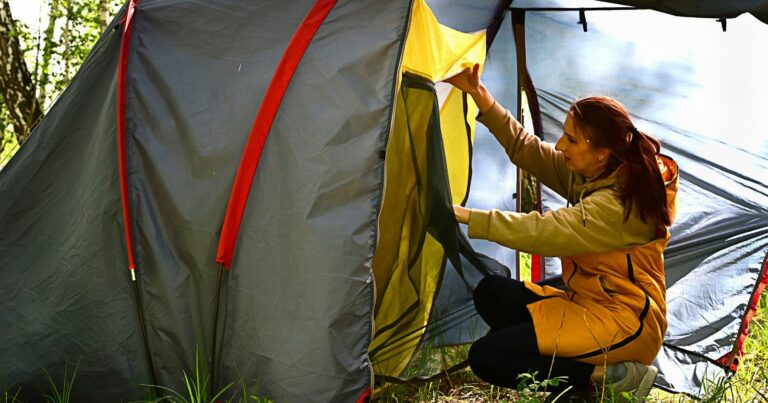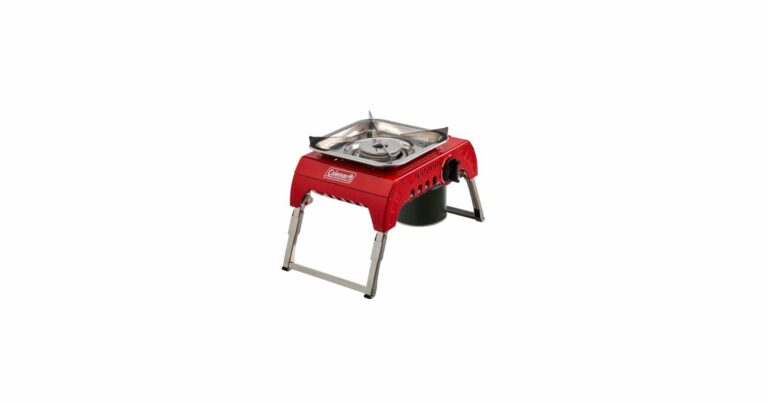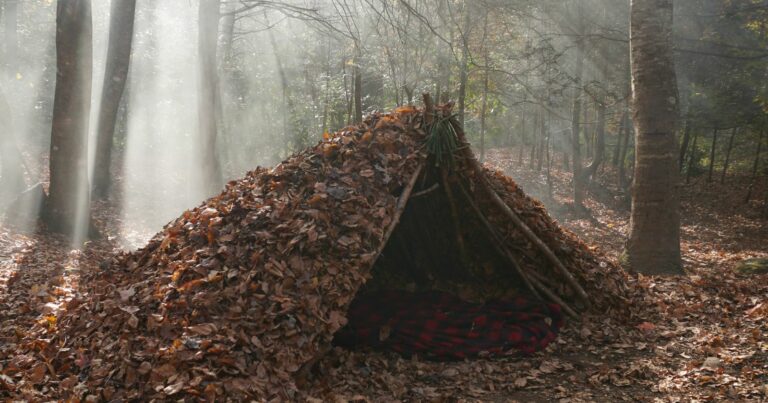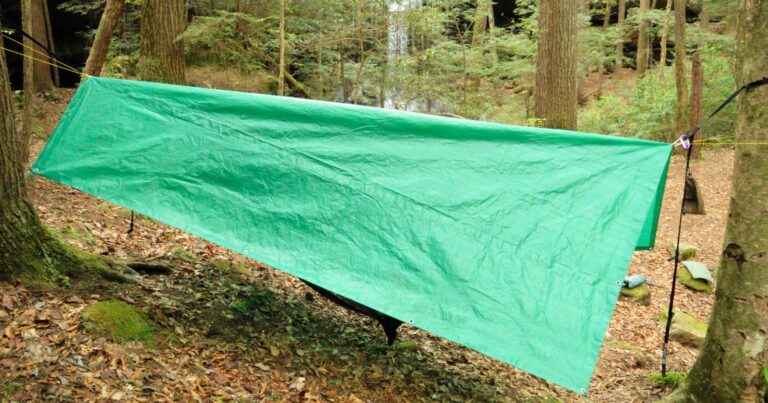Keeping Clean on the Trail: Washing Clothes While Wild Camping
The crisp mountain air, the calm of the forest, the thrill of scaling a rocky peak. For outdoor enthusiasts like you, there’s nothing quite like escaping to the wilderness. But while you love your camping trips, scrubbing grimy shirts in an icy stream doesn’t spark joy. Don’t let laundry woes spoil your adventures!
With a few simple tricks, you can keep your clothes clean and comfy on even the most rugged backcountry outing. Follow these tips for washing on the trail with minimal fuss:
First, hand wash clothes in a bucket or dry bag with gentle, eco-friendly soap. Agitate the bag to really work that soap through the fabric. For extra-dirty duds, let them soak before scrubbing.
Want a mini washing machine? Use a portable Scrubba bag. Just add water, soap, and clothes. Then get your scrub on! The bag’s unique ridges help you wash thoroughly.
For heavy loads, try a collapsible bucket. Let clothes soak before washing to loosen that trail dirt and grime. No more staining from sweat and mud!
Finally, dry clothes quickly on a portable clothesline. With good air circulation, your shirts and socks will be ready to wear again in no time.
Now you can enjoy your outdoor escape, and not stress about dirty clothes. With a few simple tricks, you’ll have fresh garments without much work. The only washout on your next camping trip will be views, not shirts!
So grab your gear, and don’t forget the biodegradable soap. It’s time to hit the wilderness in comfort and style. Happy trails!
Why Bother Washing Clothes While Camping?
After long days hiking, fishing, and gathering around the campfire, washing grubby clothes might be the last thing on your mind. But keeping gear clean is crucial for a few key reasons:
Comfort: Dirty, sweat-soaked shirts and muddy pants feel gross against your skin. Don’t put up with stickiness and chafing! Clean clothes help you stay relaxed on the trail.
Odor control: Sweat and grime build up odor-causing bacteria. Wash clothes regularly to keep that stink away. Your tent-mates will thank you!
Avoid irritation: Dirt contains small particles that can irritate skin. Keep clothes clean to prevent rashes and discomfort.
Extend gear life: Letting soil, sweat, and spills accumulate can degrade fabrics over time. Washing keeps clothes looking and functioning their best.
Leave No Trace: Scatter dirty clothes around camp, and you’ll leave a mess behind. Properly washing garments is part of low-impact camping.
Hand Washing Clothes
The easiest way to clean clothes in the wilderness is good old-fashioned hand washing. With a little soap and elbow grease, you can scrub clothes clean without any fancy gadgets. Here’s how to hand wash garments while camping:
Supplies Needed
- Biodegradable soap
- 5-gallon bucket or large pot for washing
- Mesh laundry bag or pillowcase for delicate items
- Scrub brush for tough stains
- Clothesline and pins for drying
Step-By-Step Instructions
- Choose a wash station near your water source. Lay down a tarp to keep the area tidy.
- Fill your bucket half-full with warm water. For cold water, let clothes soak for 10 minutes to loosen dirt.
- Add a few drops of biodegradable soap into the wash bucket. Swish the water gently to dissolve the soap.
- Sort clothes by color and add lightly-soiled items first. Scrub with a brush, then set aside.
- For heavily-soiled clothes, let soak for 10-15 minutes before scrubbing clean.
- Agitate clothes continuously for 5 minutes per batch. Drain and refill bucket as needed.
- Rinse clothes thoroughly until all soap residue is removed. Drain dirty wash water 200 ft from water sources.
- Wring out excess moisture and hang items to dry. Use clothespins to secure the clothesline.
- Allow clothes to dry fully in sunlight before wearing or packing away.
And that’s it! With a simple wash bucket system, you can hand wash clothes easily at your campsite or rest stop. Just be sure to use biodegradable soap so you don’t pollute natural waterways.
Tips for Hand Washing Clothes While Camping
- Wash clothes every 2-3 days to prevent odor issues. Don’t let grime accumulate!
- Focus on high-sweat zones like shirts armpits, collars, and sock soles.
- Spot treat tough stains by rubbing with soap 10 minutes before washing.
- Hang drying clothes inside your tent can increase dampness. Dry outside if possible.
- Wash delicate and synthetic fabrics in a mesh bag to prevent stretching.
- Check clothesline knots to ensure garments won’t blow away while drying overnight.
With practice, you’ll get your own hand washing method dialed. Just remember to fully rinse all soap and properly dispose of wash water. Your clothes will come out fresh, clean, and ready for more adventure.
Using a Dry Bag for Clothes Washing
Don’t want to deal with bulky buckets? A dry bag offers a lightweight way to clean garments in the backcountry. These waterproof sacks keep belongings high and dry on rafts or in kayaks. But they also double as portable washing machines when car camping or at drive-up campsites.
How to Wash With a Dry Bag
- Add clothes, soap, and enough water to submerge the items.
- Seal the dry bag securely and mush items around to agitate them.
- Once clothes are soapy, let them soak 10 minutes, then slosh some more.
- Drain dirty water and add clean rinse water. Rinse until no soap remains.
- Remove clothes, wring, and hang to dry.
- Wipe out any dirt in the empty bag and turn inside out to dry.
Dry bag washing uses less water than hand washing, since you’re not constantly refilling a bucket. Just be sure to thoroughly rinse clothes, as soap residue can attract bears if left on garments hung outside overnight.
For large loads, use a 20 liter or larger bag. Pack multiple bags if washing big batches of muddy or sweaty clothes. Letting dirty items soak before agitating can really help lift stubborn odors and stains.
Dry Bag Washing Tips
- Get a durable bag specifically for washing, separate from your rafting/kayaking dry bag.
- Add a few rocks to agitate clothes more vigorously and help loosen dirt.
- Compress air out before sealing the bag so you can fully submerge clothes.
- Roll the bag over itself to squeeze out excess water before hanging up garments.
- Scrub the dry bag’s interior with soap after each use to prevent odors.
With practice, dry bag washing is an easy way to keep clothes clean on weekend camping trips or longer expeditions. Just be sure to fully seal bags, as leaks can happen if the roll-top isn’t tightened properly.
Using a Scrubba Wash Bag
For more intense scrubbing power on the go, try the Scrubba Wash Bag. This compact nylon sack has soft bumps lining the interior – perfect for scrubbing clothes clean in minutes!
To use a Scrubba:
- Add a small amount of soap and water.
- Put in a few garments and seal bag tightly.
- Scrub the bag vigorously for 3-5 minutes to clean clothes.
- Empty dirty water and rinse thoroughly with clean water.
- Hang or lay flat to dry.
The Scrubba’s textured surface helps remove dirt, sweat, and odor as you rub the bag. The portable design is ideal for backpacking trips when every ounce counts. Plus, it uses little water compared to hand washing.
Some tips when using a Scrubba:
- Wash just 2-3 garments at a time for best results.
- Use biodegradable soap to avoid harming the water table if dumping rinse water in the woods.
- Add a touch more soap if clothes aren’t coming out fully clean.
- Dry with item openings unfolded so air can circulate inside.
For occasional wilderness laundry, a Scrubba offers solid cleaning power with minimal fuss. The $50 price tag is steep but worth it for avid backpackers and climbers who need clean clothes in rugged terrain.
Soaking Clothes in a Collapsible Bucket
Muddy gear from trekking through swamps? Super sweaty shirts from intense day hikes? For big batches of heavily soiled clothes, try soaking items first. This loosens dirt and odor so garments clean faster with less scrubbing.
For car campers, a 5-gallon rigid bucket offers plenty of soak space. But for backpackers, a collapsible camping bucket takes up little room until you need it. Try a 2-5 liter lightweight model that folds down small.
Follow these steps to soak soiled clothes in camp:
- Add warm water to fill bucket halfway.
- Add clothes and let soak 10-15 minutes for light soil, up to 30 minutes for heavy mud or sweat.
- Drain dirty water 200 feet from water sources and refill bucket with clean water.
- Wash clothes using your preferred method. Soaking loosens dirt so they’ll clean faster!
- Dispose of dirty water properly when finished washing.
Be sure to use any soaking water for cleaning, not just a quick rinse. Soaking loosens odors, sweat, and mud but doesn’t fully remove them from fabric. Follow up with complete soap washing and rinsing to lift stains and prevent buildup.
Drying Clean Clothes Outside
Getting clothes clean is only half the battle – you need to dry them fully to prevent mildew smells. While you can hang garments inside a tent to dry, outside airflow is best. Skip the clothes pins and try this lightweight portable clothesline:
Supplies Needed
- 50 ft nylon cord
- 4 tent stakes or trekking poles
Instructions
- Tie each end of the cord to two tent stakes or poles.
- Set up your line between trees, vehicles, or other anchor points.
- Drape washed clothing over the line to dry in direct sunlight and fresh air.
- Check knots occasionally to ensure line doesn’t sag under wet weight.
- Once clothing is fully dry, take down the line. Coil it neatly for next use.
Having an easy way to dry laundry outdoors is key for odor-free, mildew-free clothes. Direct sunlight helps kill bacteria that cause foul odors. And moving air whisks away dampness so clothing dries faster.
Respecting the Environment While Washing Clothes Outside
While keeping gear fresh is important, you also want to leave no trace when washing clothes al fresco. Follow these tips to minimize your environmental impact:
- Use biodegradable soap for all wilderness washing to avoid polluting watersheds.
- Drain and dispose of wash water at least 200 ft from campsites, trails, and natural water sources.
- Avoid soaps with strong perfumes that can attract bears and wildlife. Stick to simple cleaners.
- Always follow local regulations when washing clothes or bathing in natural pools and streams.
- Scrub cooking pots thoroughly after washing clothes in them to remove any soap residue.
- Carry out any trash like soap containers. Never bury waste or garbage.
It’s easy to wash up while still being a friend to the forest when you stick to low-impact methods. You’ll get clean clothes without nasty environmental side effects.
Frequently Asked Questions
What kind of soap should I use?
Use a biodegradable, environmentally friendly soap like Dr. Bronner’s or Campsuds. Avoid regular detergents which can pollute waterways.
How do I dry clothes if it rains?
Bring a small tarp to cover your clothesline in case of rain showers. You can also dry clothes in your tent using a clothesline strung across the ceiling.
Should I rinse clothes directly in a lake or river?
Avoid rinsing clothes directly in natural water sources. Use a bucket to carry water 200 feet away from waterways before rinsing.
How do I get rid of dirty wash water?
Dump dirty wash water at least 200 feet away from any campsites, trails, or water sources. Dig a 6-8 inch “cat hole” to filter the water before dispersing it into the ground.
What’s the best way to clean smelly clothing?
For super stinky clothing or shoes, try soaking the items in cold water for 30 minutes before washing. Use an extra bit of biodegradable soap and scrub thoroughly by hand.
Enjoy Your Next Camping Trip with Clean Clothes!
Nothing spoils an epic camping trip faster than running out of fresh garments. While washing clothes in the wild requires a bit more effort than tossing them in your home machine, it’s doable with the right techniques.
Hand wash or use a portable scrubber like a dry bag or Scrubba. Soak extra-dirty items first to help lift stains. Hang clothing outside to dry fully. Follow leave no trace guidelines, and you’ll keep clothes clean and not harm the environment.
Before your next outdoor adventure, gather a few laundry supplies. Add biodegradable soap, a scrub brush, clothesline, and quarter for the laundromat just in case!
Then get out there and make some new stories – without having to wear smelly shirts. With these wilderness washing tips, you’ll keep your clothing fresh as a daisy no matter how deep into the wild you wander.







